15 Points About the Underbanked
Originally published on blog.andera.com. Follow us on twitter @AnderaInc
What: Definitions
The term underbanked has become a bit of a buzz word in the past few months, so it’s good to start by clarifying its meaning. Different definers offer different definitions, but the authoritative definition is probably that of the FDIC who, in its National Survey of Unbanked and Underbanked Households, classifies households as “Underbanked” and “Unbanked” based on responses to survey questions:
1. Unbanked: Households that do not have a checking and/or savings account.
2. Underbanked: Households that have a checking and/or a savings account and had used non-bank money orders, non-bank check cashing services, non-bank remittances, payday loans, rent-to-own services, pawn shops, or refund anticipation loans (RALs) in the past 12 months.
In casual language, however, the term “underbanked,” usually refers to the “underserved” individuals or households who for some reason don’t fit neatly into the conventional financial services landscape:
3. Underserved: The unbanked, the underbanked, and all consumers who can’t access credit because of poor, thin, or no credit files, or face some other barrier to complete financial markets.
Who: Demographics
Charts tell this story better than I can:
4. Scope: 1 in 4 US Consumers are Unbanked or Underbanked. From the FDIC National Survey of Unbanked and Underbanked Households

continue reading »5. Race and Ethnicity: The unbanked are disproportionately minorities. From the FDIC National Survey of Unbanked and Underbanked Household
